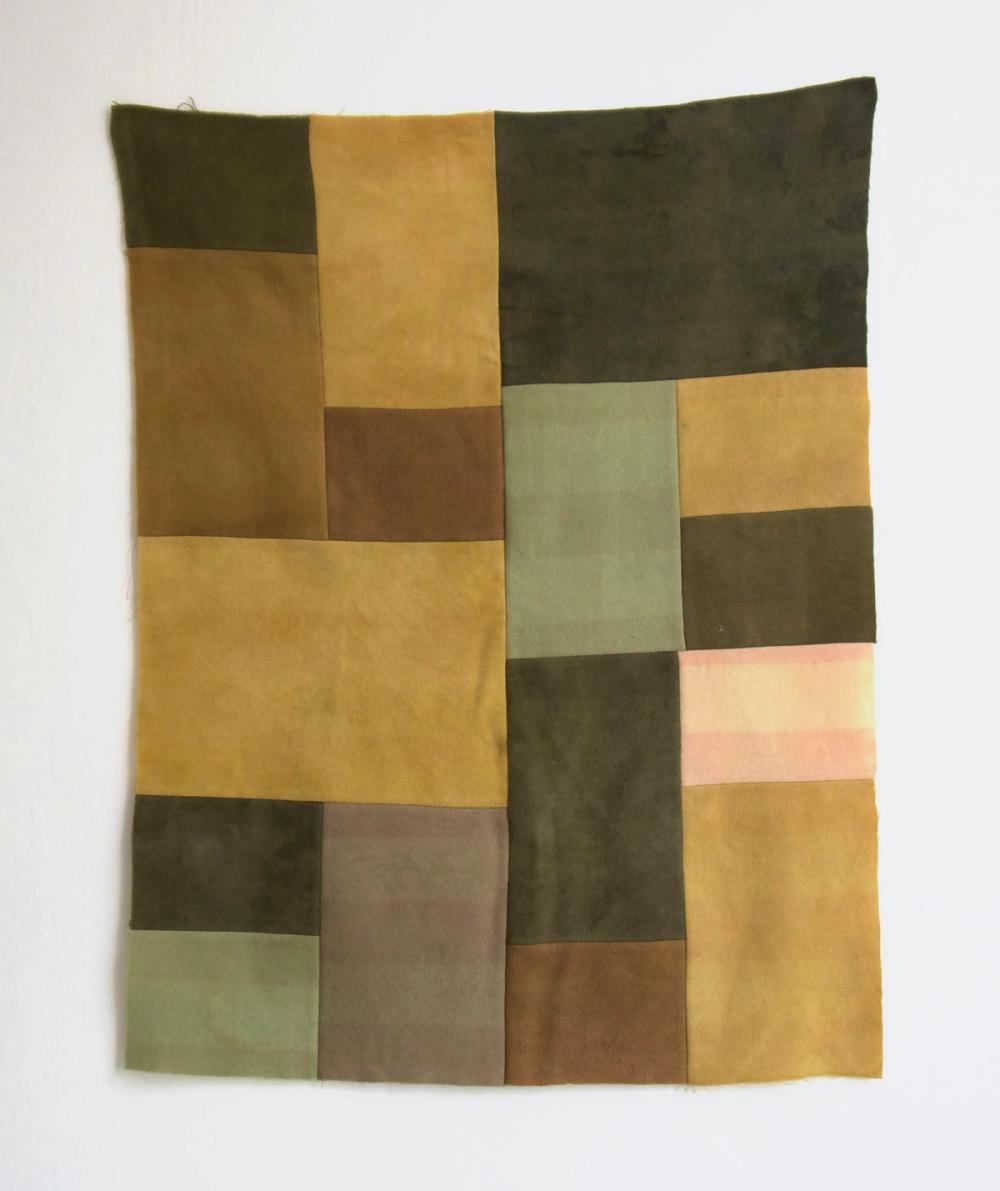More Reads
Weeds and their Metaphors
Metaphors are powerful, especially where the fight for climate justice – and justice more widely – is concerned. They focus our attention on their components; connecting, reframing – creating associations between these constituent parts and so transforming them – uplifting, illuminating, distorting and deprecating. 'Natural' metaphors can be particularly potent. In this short piece, Barney Pau explores the metaphorical potential of the weed, finding it rich with resilience and binary-defying multiplicity. Edited by Jackson Howarth.
By Barney PauKeep readingLandscape Literacy: rambling and climate action
Since climate activism typically focusses on carbon emissions, the mirror crisis of our destruction of ecological systems is woefully underdiscussed in much of Western environmental discourse. After lockdown forced her to put her hiking boots on, Eleanor Salter reflects on her growing understanding of the politics of the outdoors.
By Eleanor SalterKeep readingSilent Spring Revisited: a revolutionary art-science synthesis
Rachel Carson's images of a 'Silent Spring' bereft of birdsong – robbed by harmful pesticides – are known for launching the Western environmental movement as we know it. In this piece, Rowan Jaines revisits Carson's 1962 classic, arguing that the book's success, and the industry backlash it provoked, can be credited to Carson's powerful synthesis of traditionally artistic and scientific practice – a synthesis that we might still learn from today.
By Rowan JainesKeep reading

